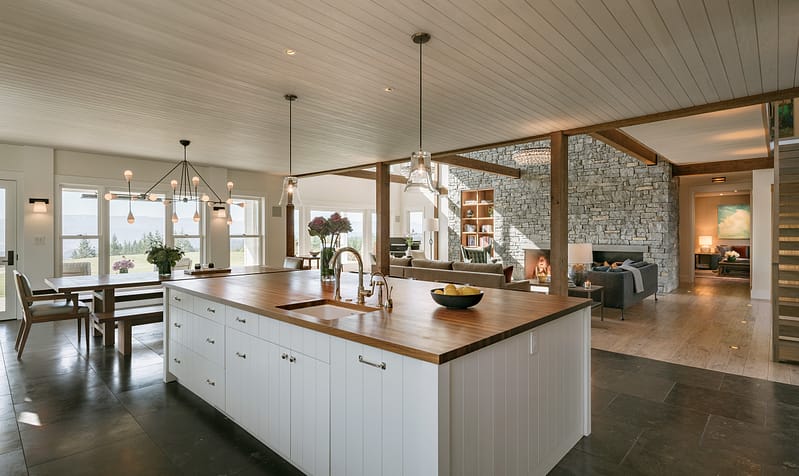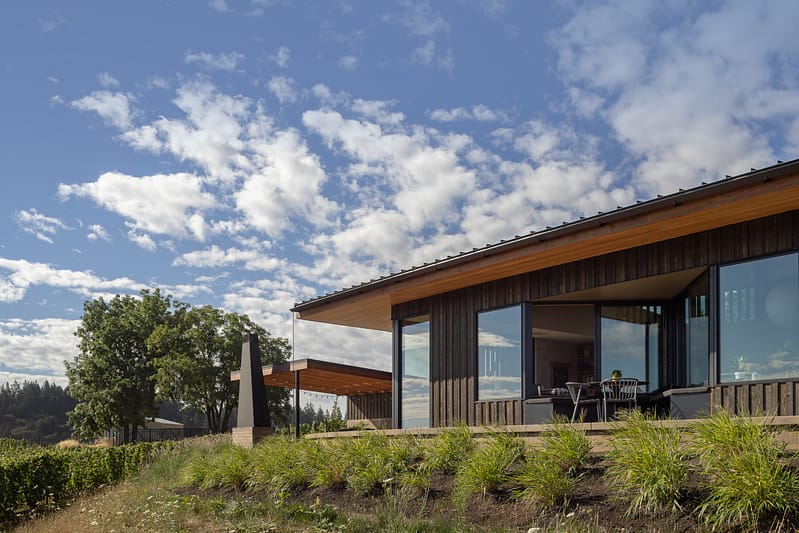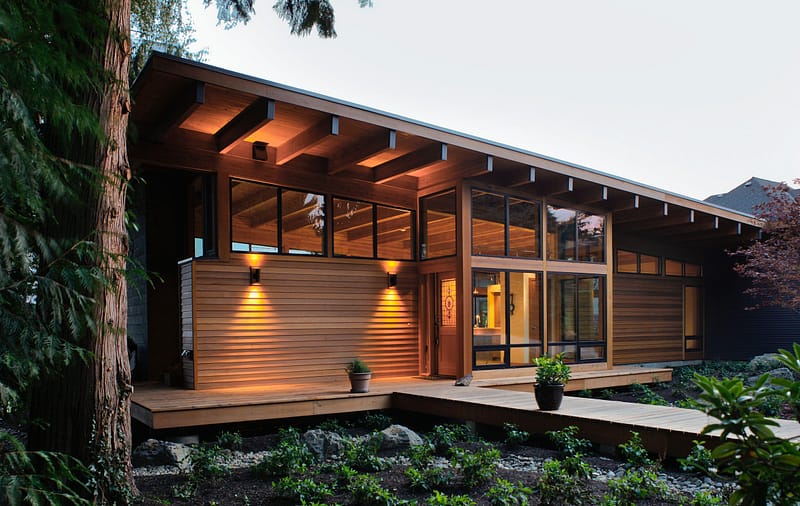Has the fantasy of running a restaurant been creeping through your brain? Maybe you dream of opening a nice little nouveau Scandinavian joint that serves only variations of aebleskivers, or a bar that specializes in deconstructed liquor-infused Slurpees. Many rational people stop here, satisfied with the intellectual vacation their dream eatery provides. But for some intrepid adventurers, mere fantasy is not enough. These brave souls move forward with making their restaurant a reality, laughing in the face of daunting statistics and high risk.
We at Hammer & Hand understand this inspired madness. Our co-founder, Daniel Thomas, tread this very path as co-owner of Portland Mexican restaurant Xico and navigated the perilous waters of restaurant lift-off. The National Restaurant Association estimates that 30% of new restaurants will shutter within the first year, with 30% of the survivors not making it past year two. These are admittedly tough odds. In the interest of helping you stack the deck in your favor, we’ve prepared this basic primer walking through the restaurant build-out process—finding a location, lease negotiation, design, permitting, and construction—to give you a running start as you swan dive into the unknown.
Finding Your Restaurant’s Home
We’re going to assume that you are knee-deep in menu development, basic planning, and number crunching if you’re hunting for the right location for your restaurant. Choosing the best location will greatly affect the cost of the build-out and the ideal situation is to find a place that has already served as a restaurant in the past. The costs involved in satisfying basic requirements of the county Board of Health and City of Portland or Seattle to create a restaurant space are expensive. If the space has already been primed for this purpose, it may be set up for things such as underground grease traps, main grease traps in the sewer line, ventilated hoods, walk-in refrigeration, and extensive upgrades to mechanical and electrical systems to handle commercial kitchen loads that you would otherwise have to pay for if turning blank shell into a restaurant for the first time.
When assessing spaces, consider the competing and commingled needs of the Factory and Theater that is your Restaurant. The Theater, the Front of House, would ideally require very little work beyond surface finishes and furnishings. However, a FOH remodel can grow very expensive if it lacks a bar, barback, or developed sense of space, atmosphere, or flow. The Back of House, or Factory, can be budget busting if you need a new commercial hood, grease traps, and utility services for cooking and food storage. Also, space should be large enough to comfortably hold the equipment and production line your particular menu requires.
Letter of Intent
So let’s say you find a spot with potential. Prior to making any formal offer on the space, you may need to provide the landlord a letter of intent to communicate your plans for the space, anticipated open date, and negotiated start of lease. At this point, it is wise to get a professional opinion on how much it might cost to bring your concept to life. If you have a set of preliminary drawings from a design professional, we may be able to provide preliminary estimate. If you don’t have an architect on board or a detailed set of plans but you want to get an assessment of space, we’re happy to provide Rough Order of Magnitude pricing for a fee.
Design
Depending on the condition of the property, architect or designer involvement is vital. Plans are required not only to obtain permits and satisfy the County and the City, but also to accurately and efficiently price and build your restaurant. Plans are a critical tool for translating and communicating your dream to make certain you don’t end up with an Applebee’s when you wanted a fine dining concept (or the converse). It is important to find an architect who has designed restaurants before and is savvy to this project type’s special design considerations. If you don’t have a designer on board, we can help connect you with one who is a match for your project. It is also prudent to enlist specialized consultants with expertise in kitchen and bar design to maximize efficiencies.
All these consultants are getting expensive, we know, but stay with us. Recall the factory analogy again and now think of your bar. If a consultant can help you design a facility that runs so efficiently that the bar can turn out 30-40% more drinks per night, that’s a crucial factor leading right to your bottom line. The smoother your factory operates, the higher quality product you can produce with less labor. Make it easy for the waitstaff to serve your customers, for your kitchen to prepare food, and for your bar to produce drinks. This kind of spatial wizardry requires expertise, so don’t be shy when assembling a team of crack restaurant pros to help set you up for success. This investment will pay dividends.
For the simplest renovation in an existing restaurant space, design may take 4-8 weeks or more. For complex sites or those requiring a full transformation from a blank shell into a restaurant, a multi-iteration design process could take months. It’s not unusual for these types of projects to take more than six months of planning before even moving on to permitting.
Permitting
In Portland, the permitting process takes two steps: you must first be granted approval by the County Board of Health, and once you’ve cleared the County, City of Portland permitting is next. At the very minimum, allow 2-3 weeks for this phase, but know that this timeline could easily double depending on the complexity of the space. An experienced restaurant designer will know how avoid permitting snags and can help expedite this process.
Construction
By the time construction is ready to begin, the costs sunk into planning your restaurant are likely burning a hole in your pocket–or a crater in your bank account. This is the home stretch and construction is all about the rush to open. It is essential to hire a general contractor with significant project management experience and restaurant building chops to orchestrate a quick-moving, stacked process that piles up plumbers, electricians, drywall installers, hood vent guys, and more in the space of a few short months. We understand the pressure to finish the build-out in an efficient and smooth manner so you can get cracking decorating the space and training staff in anticipation of the open date you so expertly forecasted in the letter of intent.
So there you have it. While we may not be able to stop you from chasing the mad but noble path of the restaurateur, we hope we can at least help you lean into the more desirable side of the statistics. Good luck!
Resources:
City of Portland Commercial Food Establishments
http://www.portlandoregon.gov/bds/article/224041
Multnomah County Restaurant Permitting & Inspections
https://multco.us/services/restaurants
City of Seattle/King County Restaurant Success
http://www.growseattle.com/restaurant
King County Health Department Food Business Guide
http://www.kingcounty.gov/healthservices/health/ehs/foodsafety/FoodBusiness.aspx




